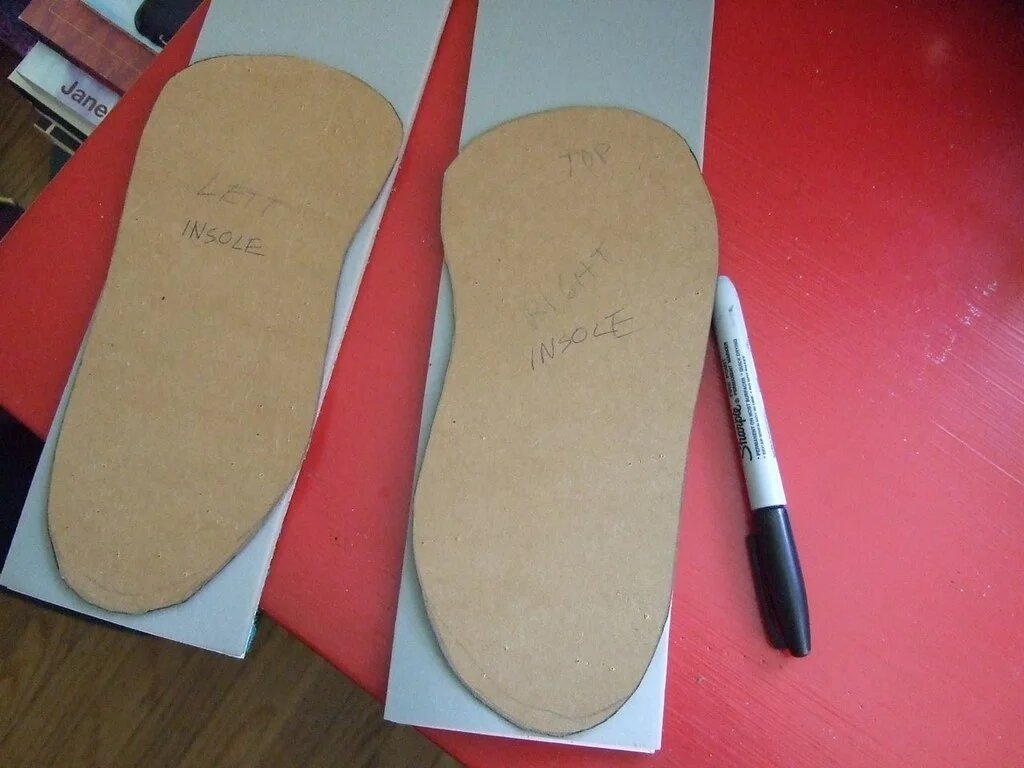How to Measure Insoles?
The main functions of insoles are to keep feet comfortable, support a nice position, and improve overall health. They also help stem the negative effects on the body. To keep feet comfortable and supported, most also need the ability to measure insoles or new soles properly. Learn more about how to Measure Insoles and why they matter. This will help you choose the right insoles for you.

Why are measuring insoles crucial?
Here are the reasons to justify its relevance:
Comfort:
Therefore, insoles are less likely to rub and can improve comfort levels, helping to fight blisters and other foot problems.
Orthotic Support:
Properly sized insoles can offer enhanced arch support, relieving foot pain and reducing the risk of plantar fasciitis.
Proper insoles can increase stability and performance in athletes and people with active lifestyles before spreading this misalignment to other parts like the hips or lower back.
Longevity:
The right fit for insoles means that they wear out evenly and at a predictable rate, which allows them to last longer than other options.
What You Need to Measure Insoles
Requirements before you measure your insoles
- A tape measure or ruler
- A pen or pencil
- Paper
- A pair of scissors
- The insoles you want to use
Steps to Measure Insoles
Step 1: Take Out the Old Insole
If your shoes already have an insole, remove it. Comparing the space in your new shoe to what is available inside a regular pair and testing one against another will help you get an accurate idea of the space.
2nd Step: Trace Your Foot
- A chunk of paper on a plan surface
- Place one foot on the paper and ensure your weight is evenly distributed.
- Outline your foot with a pen or pencil, and keep the writing utensil perpendicular to the paper for better accuracy.
- Just do the same for all your feet.
- Measure (a) the length and width of your feet/sides.
Step 3: Measure the foot length via tape or ruler from the heel to toe
You’d want to feel comfortable that your feet fit snugly in the toe box, which brings us to 1. Estimate each foot at its extensive part.
Record these measurements, as they will allow you to match the perfect insole size.
4– Measure Your Insoles (if possible)
Use Existing Insoles as Templates — If you have insoles that fit well, use them.
MEASURE OLD INSOLES LENGTH: WIDTH
The measurements from the tracings should be compared with these for accuracy.
- Step 5: Find the best insole size.
- Check out the manufacturer’s charts for insole size, which usually quote sizes based on length plus width.
- Your foot measurements can determine the correct insole size. If your measurements are between two sizes, you should order the larger size for a more comfortable fit.
- Having the insoles better adapted to your feet is crucial as they correlate directly with comfort and proper cushioning/supporting of arches.
The complete information that will help you pick the right insoles
Consider Your Foot Type
Knowing your foot type can help you get to the right insole. Common foot types include:
ٖٖٖٖٖٖ Flat Feet:
Overpronation is caused by flat feet, which are defined as low or non-existent arch stifles. Flat feet need insoles with high arch support to prevent excessive inward rolling.
High Arch:
Feet with a high arch require insoles that have extra cushioning to offer pressure dispersion across the feet.
Normal Arches (Neutral):
Insoles that provide support and cushioning for normal arches.
Identify Your Activity Level
Here are a few factors to consider depending on how you will be using the insoles:
- Daily Use: Select insoles that support daily walking and activities.
- Type of Activity: Sports and Running( Emperor athletic insoles targeted high-impact activities should reduce shock to feet, enhance stability, energy return; capture TypeTech Arch Mechanic )
- Work: People who work long hours on their feet should consider insoles that offer all-day comfort and walking.
Choose the type of insole to match your shoe.
Various shoes may need certain insoles:
Casual Shoes: For everyday lightweight shoes, choose thin and supple insoles that can easily slip inside.
Dress Shoes: To work with snugger shoes without changing the way your shoe fits, opt for a thin, low-profile insole.
Boots: Get a firmer insole that will fill the void and help support a heavier work boot.
Test for Fit and Comfort
When your inserts arrive, you need to try them on and test for size and comfort:
- Insert the insoles inside of your sneakers. Be sure that they are laid flat and not bunched up.
- Wear your shoes and walk around to get the perfect fit. Your feet should feel supported, and there should be no pinching or pain.
- If necessary, cut the insoles to your desired length. Nearly all insoles have instructions on the bottom about where to cut them.
Protection and Replacement of Insoles
Taking care of your insoles can make them last longer and make you feel comfortable with every step. Here is what to do:
Clean Regularly:
Take the insole out of your shoes and wash it with mild soap or an alcohol-based (70%) solution. Let them air dry fully before reinserting it.
Rotate Insoles:
If you have more than one pair of shoes, alternate your insoles to prolong their life.
Monitor Wear and Tear:
Be sure to periodically inspect the insoles for wear and tear, like thinning, cracking, or loss of support. Change them as necessary to keep your feet healthy.
Last Line: How to Special Insoles Measure?
By measuring insoles properly, you will guarantee that your footwear is comfortable and supportive for the long haul. By now, you should have figured out the right insole size and type for your feet and activities. Remember to consider your foot type and activity level when you’re shopping for insoles, and always keep them clean so they last.
Suitable insoles can prove very beneficial for your feet overall. They will boost foot health and keep you active with no pain. Professional athletes seeking better performance and practical working people needing a boost of comfort during their hard days on the feet can immensely benefit from properly measured and fitted insoles added to sneakers.


